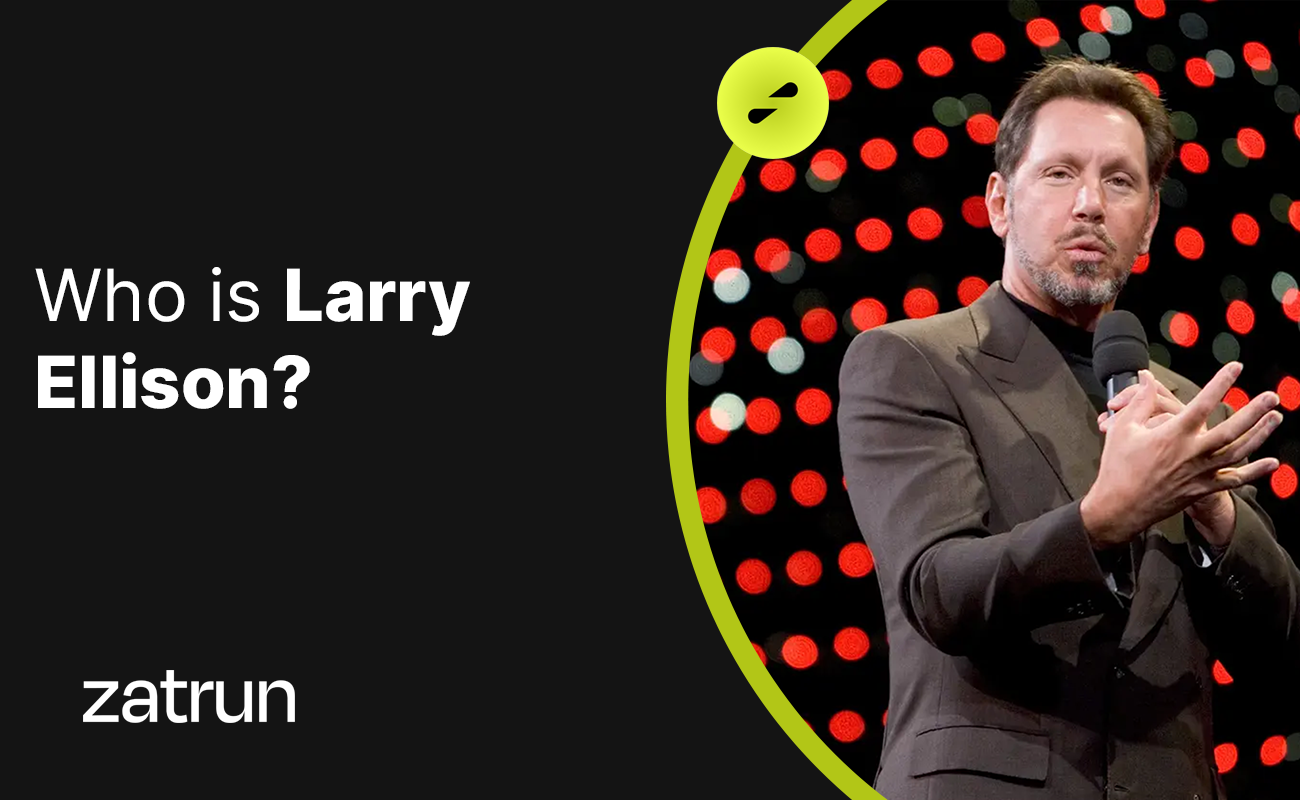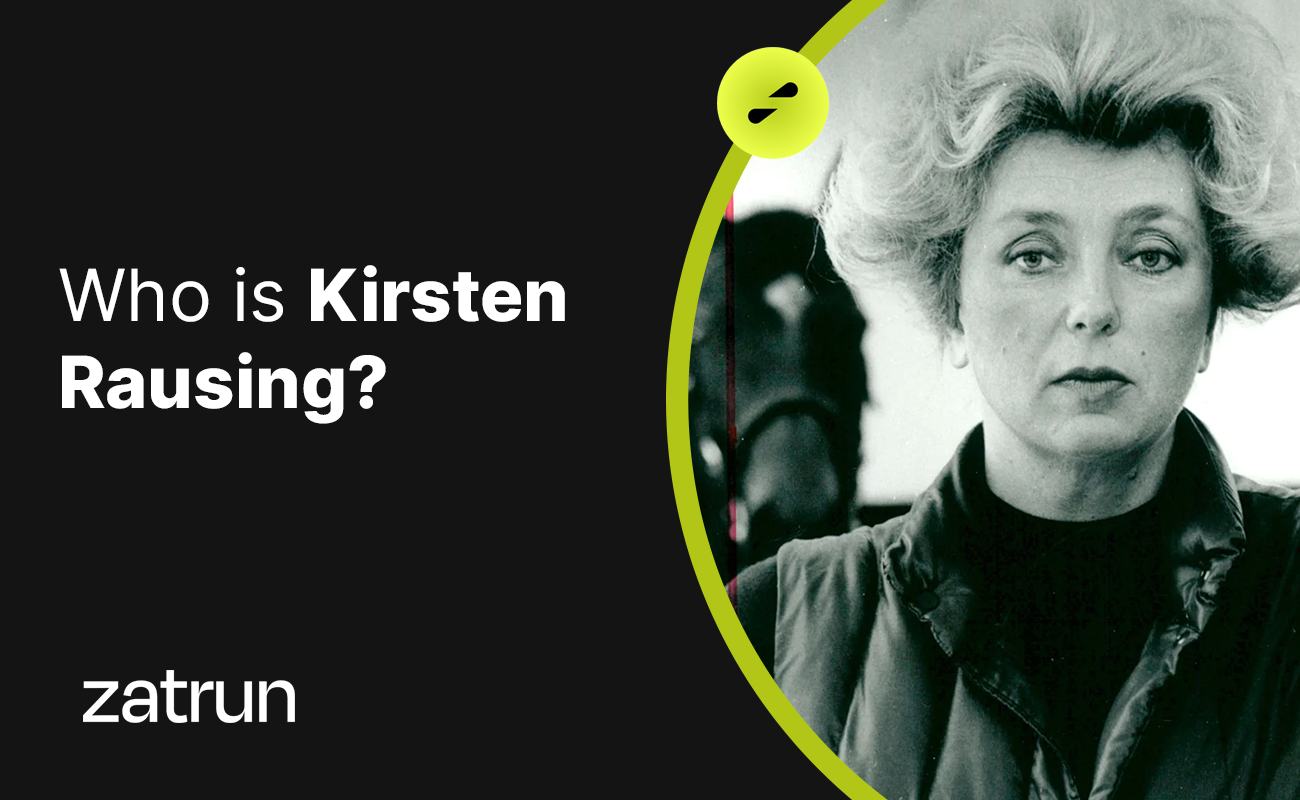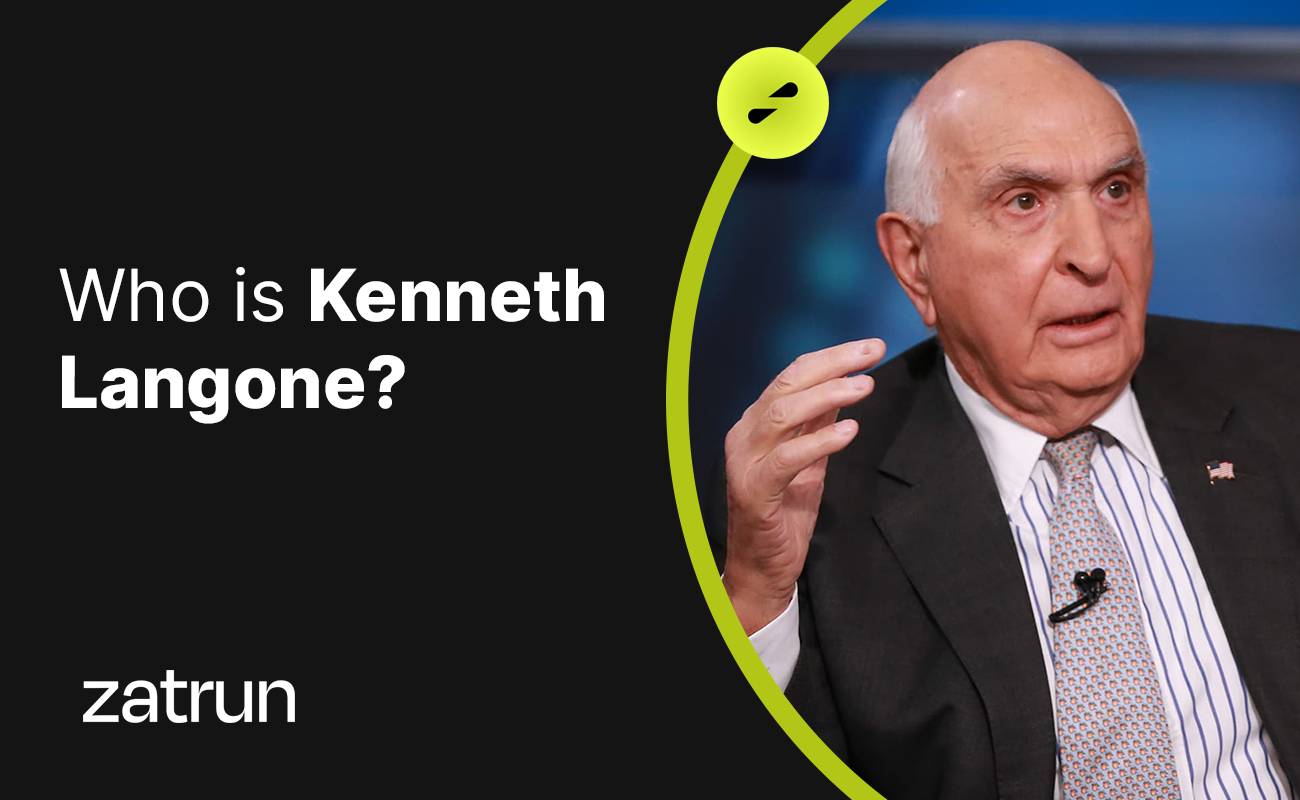Bear market is a term commonly used by investors to describe the current market situation. In the following guide on Zatrun.com, we explain what a bear season is, its leading indicators and characteristics, and provide some examples. We also examine which investment strategies are more common during these types of market periods.
What is Bear Market?
The term bear or down market is typically associated with falling stock prices. However, the term is also commonly used in other sectors that are affected by consumer confidence, such as commodities like bonds, real estate, gold, oil, or gas. The two most widely used terms in both centralised and decentralised finance are bear and bull markets. The “bear” expression is based on the downward movement of a bear’s claws, which is metaphorically associated with downward momentum in financial markets.

In contrast, bulls aggressively push their horns upward, symbolising a rising market. So, while both terms describe market fluctuations, a bear season is used to describe a period of significant price declines.
Falling markets tend to occur during economic slowdown and increased unemployment, feeding negative investor sensitivity. As people start to worry, they reduce their number of investments or decide to sell their shares entirely. Investors prefer to sell for cash or more secure yield securities instead of buying.
This results in an increase in supply and a decrease in demand, causing an oversaturated market and a fall in stock prices. A falling market is characterised by low investor confidence, downward prices, low demand despite increased supply, and consumer pessimism.

How Long Does a Bear Market Last?
Complete bear markets can last from weeks to months or even years. Additionally, they can be cyclical or long-term. This is a full bear season where prices experience long-term declines spanning several years. However, unlike bull markets, bear markets tend to be shorter and last an average of 349 days. In growing markets, this time can reach approximately 1,764 days.

Markets typically spend more time in a bull phase than a bear phase. This means that the market or economy is growing rather than contracting. The bear market is also a period of lower price fluctuations. While bull markets can cause a 180% increase, bear markets typically result in an average 35% decrease.












